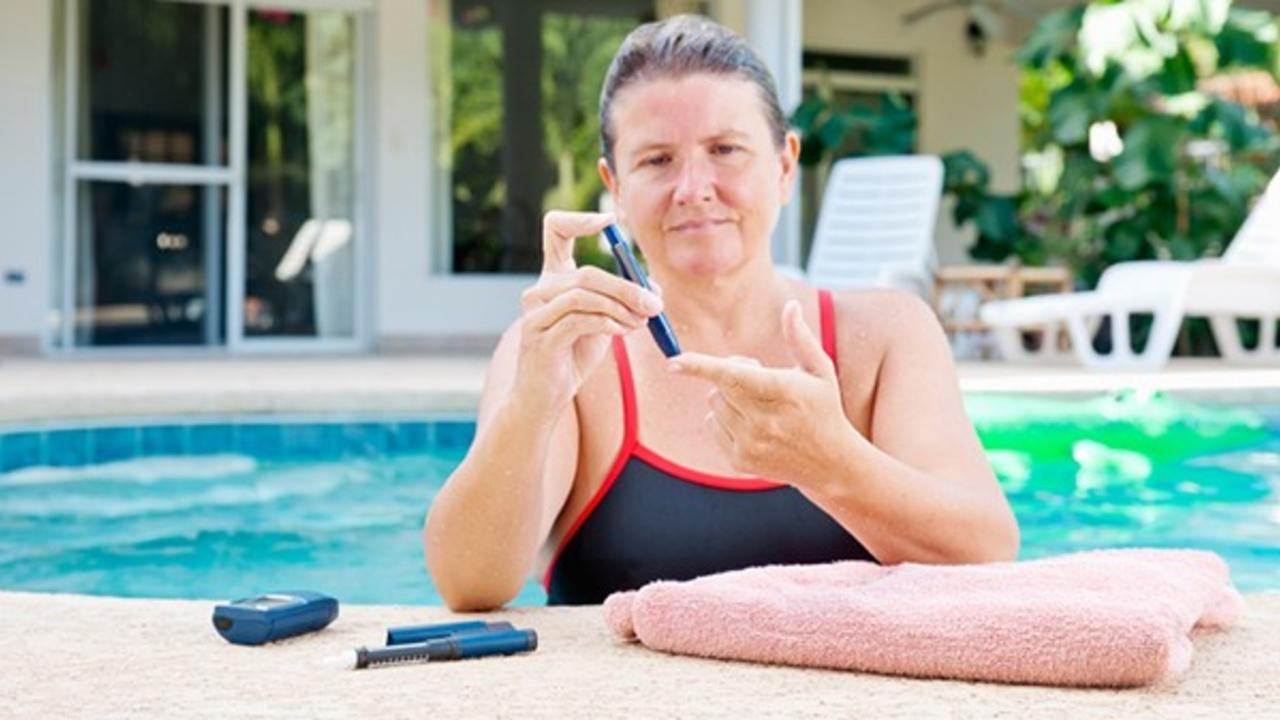See How Exercise Can Lower Your Blood Sugars

"Walking is man’s best medicine" ~ Hippocrates
Do you know what your blood sugars do after exercise? If not, take this 3 step test:
The Test
- Test your blood sugar 2 or more hours after you’ve eaten or drunk anything with calories
- Go for at least a 15 minute brisk walk or some form of moderate exercise
- Test your blood sugar after the exercise
You should see your blood sugar drop. The amount of points it drops varies from one person to another. And the amount of points it can drop will change over time if you’re improving your diet and getting more exercise. Your body just becomes more efficient!
General Blood Sugar Guidelines for Exercise
The general guidelines from the Mayo Clinic for blood sugar levels and exercise are as follows:
- Lower than 100 mg/dL (5.6 mmol/L). Your blood sugar may be too low to exercise safely. Eat a small carbohydrate-containing snack, such as fruit or crackers, before you begin your workout.
- 100 to 250 mg/dL (5.6 to 13.9 mmol/L). You're good to go. For most people, this is a safe pre-exercise blood sugar range.
- 250 mg/dL (13.9 mmol/L) or higher. This is a caution zone. Before exercising, test your urine for ketones — substances made when your body breaks down fat for energy. Excess ketones indicate that your body doesn't have enough insulin to control your blood sugar. If you exercise when you have a high level of ketones, you risk ketoacidosis — a serious complication of diabetes that needs immediate treatment. Instead, wait to exercise until your test kit indicates a low level of ketones in your urine.
- 300 mg/dL (16.7 mmol/L) or higher. Your blood sugar may be too high to exercise safely, putting you at risk of ketoacidosis. Postpone your workout until your blood sugar drops to a safe pre-exercise range.
Bottomline
Exercise is medicine to lower and manage your blood sugars...and a lot of other things like blood pressure and stress levels too. Hippocrates had it right all along.
Full Plate Living is a small-step approach with big health outcomes. It's provided as a free service of Ardmore Institute of Health.

